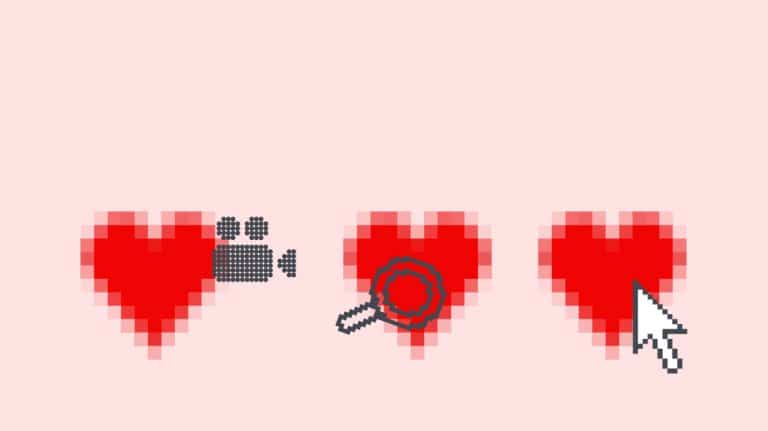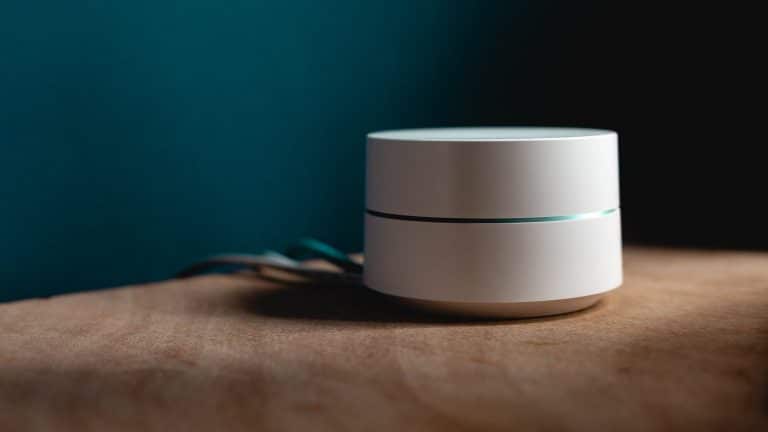Demystifying fake news
A lot of what people see or read online is true, but sometimes it is deliberately published to misinform or deceive readers. When it has been published this way, it is more commonly known as fake news. We’ve put some tips together to help you figure out what’s real and what’s fake. Where can you…

A lot of what people see or read online is true, but sometimes it is deliberately published to misinform or deceive readers. When it has been published this way, it is more commonly known as fake news. We’ve put some tips together to help you figure out what’s real and what’s fake.
Where can you see fake news?
Fake news mostly appears in social media feeds, but can be seen in mainstream media and on webpages too. As anyone can create, publish and share information, it’s important you use your critical thinking skills to help you determine what’s fact and what’s fake.
What is fake news?
There has been an increase in fake news and hoax stories so it’s worth knowing about the type of content that fits into these categories.
- Clickbait: This content is designed to generate attention and encourage readers to click on a link
- Misleading headings: Some headlines are designed to be shared with a snippet of the full article and don’t reflect the actual content
- Satire: Some sites and social media accounts are specifically designed for entertainment and parody purposes
- Bad journalism: News items can be published with unreliable information or without fact checking which produces misleading content
How to spot fake news
Here are Netsafe’s tips to tackle fake news:
- Understand the context: Information is presented to you everywhere. Check where the original story appeared and who is promoting it. Find out if the source is credible before sharing it.
- Check the facts: Fake news often contains incorrect details, unreliable sources or altered timelines. You can often research and cross reference key facts with a simple web search.
- Understand the subtlety: Sometimes real information can be distorted to become fake news. Be especially wary of image or video descriptions that might be misrepresenting what is happening in them.
- Compare other sources: Every news source has its limitations. When news is important, it’s hard to contain. If you can only find it in one place, you should be cautious. Check the differences between similar reports to understand the facts before sharing it.
- Know your biases: We quickly and subconsciously accept news that aligns with our beliefs and negatively react to information that is different. It’s important to take time and reflect on how news is making you feel before reacting or sharing.
- Stop the spread: You can minimise the spread of misinformation by reporting fake accounts, or pages and domains repeatedly sharing misinformation using the Help Centre on the social media platform you are using.
- Use trusted sources: Netsafe is advising people wanting the most accurate health information about COVID-19 to rely on the Ministry of Health, covid19.govt.nz or Hāpai Te Hauora websites.
Fake news and social media
Social media is sometimes used to directly deliver fake news and sometimes it can be used to direct people to another fake news source such as product information or advertisements. Similar advice applies on social media as it does on any other online platform.
Before taking anything as fact and on-sharing the content, apply your critical thinking skills and ask yourself: is what you’re reading clickbait, is the source credible, where can your fact check the information, are the photos real, has the information be doctored to help sell a product?
You can help to minimise the spread of misinformation by reporting fake accounts, or pages and domains repeatedly sharing misinformation on the social media’s Help Centre that you are using.
Most of the main social media platforms have joined forces to fight misinformation related to the coronavirus outbreak, and encourage you to report anything you might be suspicious of.
Advice for parents
What do parents need to teach their kids about fake news?
It’s important to help kids understand that just because something online doesn’t mean it’s true. Some of the ways you can do this include:
- Take the time to teach your child how to search for information safely. Explain what sites are ones they should trust. Share where you get information from
- Help them hone their critical thinking skills to determine if something is real or reliable. Encourage them to ask themselves does this sound right? Is there another explanation for this information? Could this be a joke?
- Teach them how to fact check the site the are on.
Is there anyway to test my child’s knowledge?
Google have developed a game to help parents and young people put their critical thinking skills to the test. The Interland River flows with fact and fiction and you need to use your best judgement to cross the rapids. Play it now!
What’s Netsafe advice for parents?
Take the time to teach your child the online safety basics and have regular and open conversations with them about what they are seeing and doing online. We know this helps to mitigate the potential harm if your child has an online experience that upsets them or makes them uncomfortable.
You don’t have to be a tech expert to keep your child safe. Our Parent Toolkit offers practical tips and tools and shares insights into the five main challenges young people experience online. It will help you start the conversation with your tamaraki about online safety – and have ongoing conversations.
CONTACT NETSAFE
If you’re concerned about the immediate safety of you or someone else, please call 111. If you want help or expert incident advice, you can contact us. Our service is free, non-judgemental and available seven days a week.
- Email [email protected]
- Call toll free on 0508 NETSAFE (0508 638 723)
- Online report at netsafe.org.nz/report
- Text ‘Netsafe’ to 4282
KEEP UP TO DATE
Follow us on social media and sign up to our enewsletter for alerts, news and tips.









